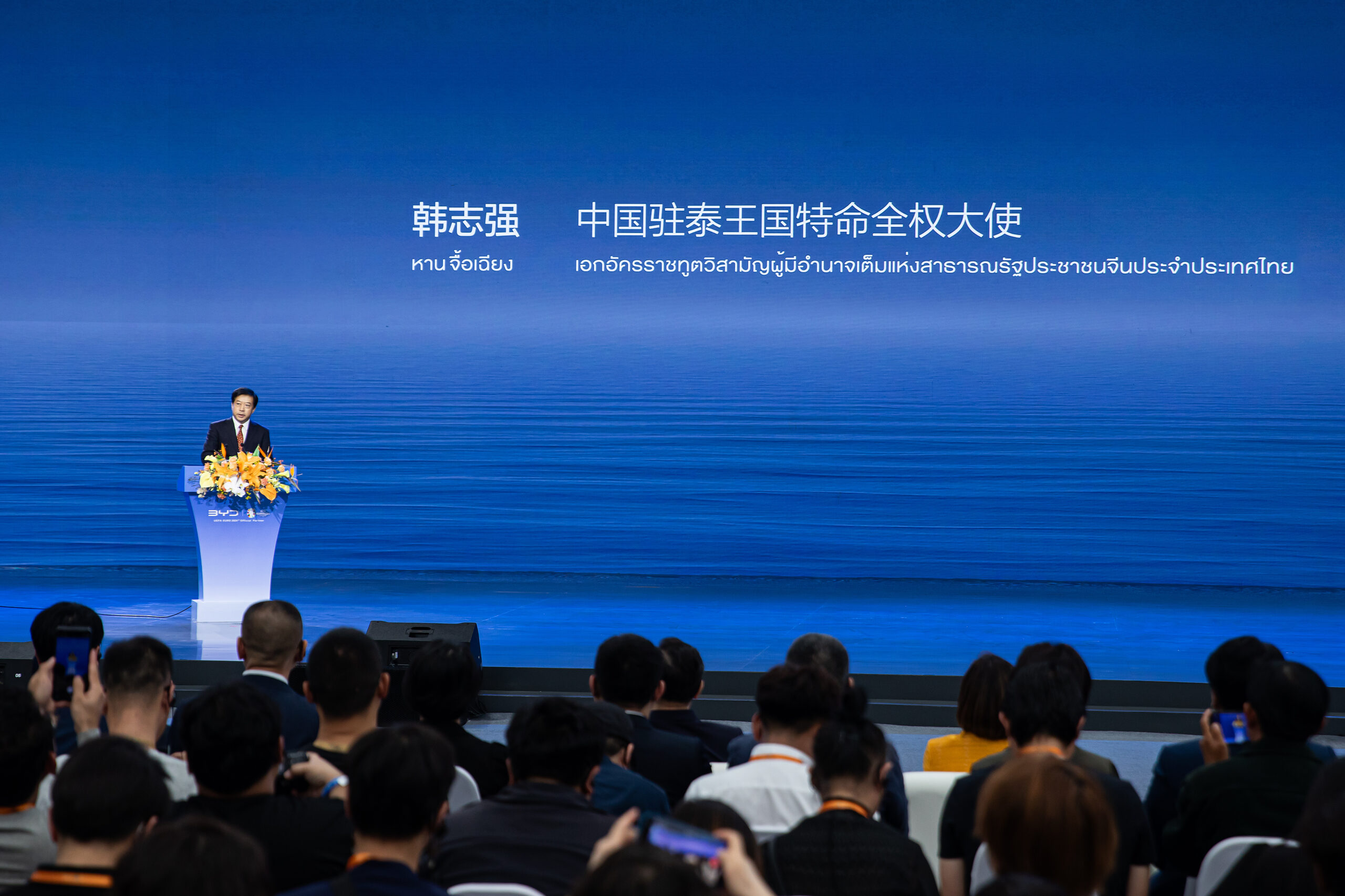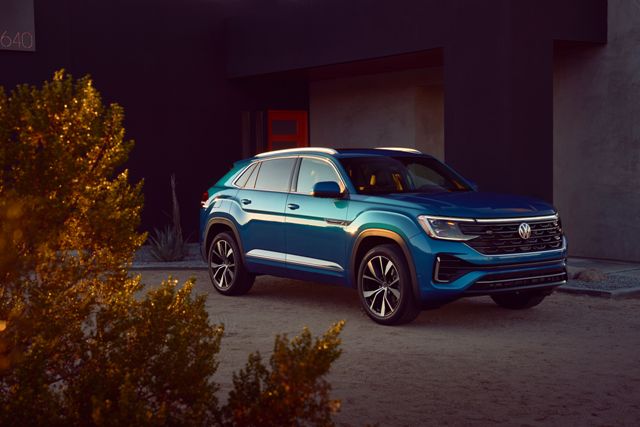Sign up for daily news updates from CleanTechnica on email. Or follow us on Google News!
Whelp, that was fast. Yesterday morning CleanTechnica took note of a glimmer of hope for EV sales amid a spate of bad news, and just a few hours later along comes the research firm Rho Motion to drop an email in our inbox with a whole truckload of good news.
Global EV Sales Break Record For January
So much for cautious optimism on the state of the global electric vehicle market.
Rho Motion crunched the numbers and came up with a record breaking sales pace of 660,000 electric vehicles sold globally in January. That was 12 months ago, back in January 2023.
This year’s January EV sales blew past that mark by 69% for a total of more than 1 million.
“In the EU & EFTA & UK, EV sales have grown by 29% y-o-y, 41% in the USA & Canada, and almost doubled in China,” Rho Motion added, with EFTA referring to the European Free Trade Association.
Subsidy cuts in some jurisdictions had an impact on EV sales in January compared to December, but the impact did not offset the year-over-year gains.
“In Germany, EV sales halved m-o-m following the end of the subsidy. However, y-o-y sales increased by 40%,” Rho Motion noted. “Likewise in France, EV sales also halved m-o-m but saw a 20% increase y-o-y.”
“Europe in total increased sales by just shy of a third (29%) compared to January of last year demonstrating the demand for electric vehicles is well established now,” they concluded.
EV Sales & The Investor Perspective
Industry analysts continue to warn that charging station availability and reliability issues could put a crimp on EV sales, so let’s hear from someone involved in that area.
Earlier this week, Forbes contributor and investor Rob Day had this to say about the EV sales situation:
“The news headlines in the U.S. right now are full of stories stating that electric vehicle (EV) sales are slowing down.
“They’re not. Per Bloomberg NEF, EV sales in North America were likely up 47% y-o-y in 2023 are are projected to be up 32% in 2024. Yes, that’s a slower growth rate. But it’s still amazing growth relative to almost any other segment of the massive transportation industry.”
“…even as some OEMs whine publicly about sales growth not meeting their expectations, that probably says more about their planning abilities and corporate execution than anything about the underlying growth of the category,” Day continued.
That’s the good news. The bad news, according to Day, is the EV charging situation.
It’s not quite what you think. As Day sees it, the overall EV charging experience has been relatively smooth for individual EV owners. He surmises that the first waves of EV sales went to home owners who have the opportunity to use their own electrical systems to recharge, and who travel predictable routes for commuting and errands.
To that we’ll add that the Energy Department’s promotion of workplace charging has helped to provide EV drivers with charging reliability and predictability.
The problem, as described by Day, will be in the area of EV sales to fleet owners.
Wait…what?
How The US Postal Service Is Solving The EV Fleet Conundrum
To be clear, Day anticipates that the slowdown will be a temporary glitch. Still, it’s a surprise to hear that EV fleets could be a weak spot. CleanTechnica has been spilling plenty of ink on the strength of the EV fleet market, based partly on the ability of fleet owners to set up their own EV charging stations at their existing fuel depots.
That’s what the US Postal Service has in mind. After much poking and prodding, USPS is procuring thousands of new electric delivery trucks to replace its aging fleet, and it is remaking its facilities network into EV charging hubs.
That’s all well and good for the USPS, but Day points out that many fleets are parked overnight in locations that were chosen for parking, not for fleet electrification. “If you’re going to charge a bunch of large batteries overnight, you need a good amount of electricity. Even if a high-power line is just across the street, accessing it can be an issue,” he notes.
Day also takes stock of other hurdles in the path of fleet electrification, including the slow pace of corporate decision making and the availability of EV charging station equipment.
On the bright side, Day emphasizes that any slowdown in fleet adoption will be temporary. We’re also thinking that solutions are already emerging to support EV sales in the fleet space.
The startup Freewire, for example, has developed a plug-and-play, battery-equipped EV charging station aimed at deploying existing grid resources for extreme fast charging.
Solar powered off-grid EV charging solutions could come into play as well. In addition, the Extreme E electric racing series (an offshoot of the Formula E circuit) has introduced an EV charging station for off-grid use, powered by a self-fueling hydrogen fuel cell.
The “Other” Force In EV Sales
While most of the media attention on EV sales is focused on road-worthy vehicles, EV sales related to railway electrification are also worth a mention.
For the record, here in the US almost all locomotives already run on electric drive, but the electricity comes from an on-board diesel generator. The US Department of Energy anticipates that converting the locomotive fleet to battery power could be cost effective, assuming that the charging infrastructure meets the moment.
That could take a while, but the US locomotive manufacturer Wabtec is among those up for the challenge. The company introduced its first electric locomotive on a short haul between Ohio and Pennsylvania, and it has already hopped onto the “gravity train” field in Australia.
A different approach to railway electrification is illustrated by the US startup Parallel Systems, which is developing electric, autonomous rail cars that can operate independently or in platoons, so keep an eye on that space, too.
Another firm that could influence EV sales in the railway industry is the startup Innovative Rail Technologies. The company is focused on the switcher locomotive space. Though switchers operate primarily in rail yards and other confined spaces, their contribution to local air pollution in underserved communities makes them a low-hanging fruit for decarbonization.
Follow me @tinamcasey on Bluesky, Threads, Post, and LinkedIn.
Image (screenshot, cropped): Despite some recent gloom-and-doom news over EV sales, figures compiled by the research firm Rho Motion indicate strong interest in EV adoption (courtesy of Rho Motion).
Have a tip for CleanTechnica? Want to advertise? Want to suggest a guest for our CleanTech Talk podcast? Contact us here.
Latest CleanTechnica TV Video
I don’t like paywalls. You don’t like paywalls. Who likes paywalls? Here at CleanTechnica, we implemented a limited paywall for a while, but it always felt wrong — and it was always tough to decide what we should put behind there. In theory, your most exclusive and best content goes behind a paywall. But then fewer people read it!! So, we’ve decided to completely nix paywalls here at CleanTechnica. But…
Thank you!
CleanTechnica uses affiliate links. See our policy here.




